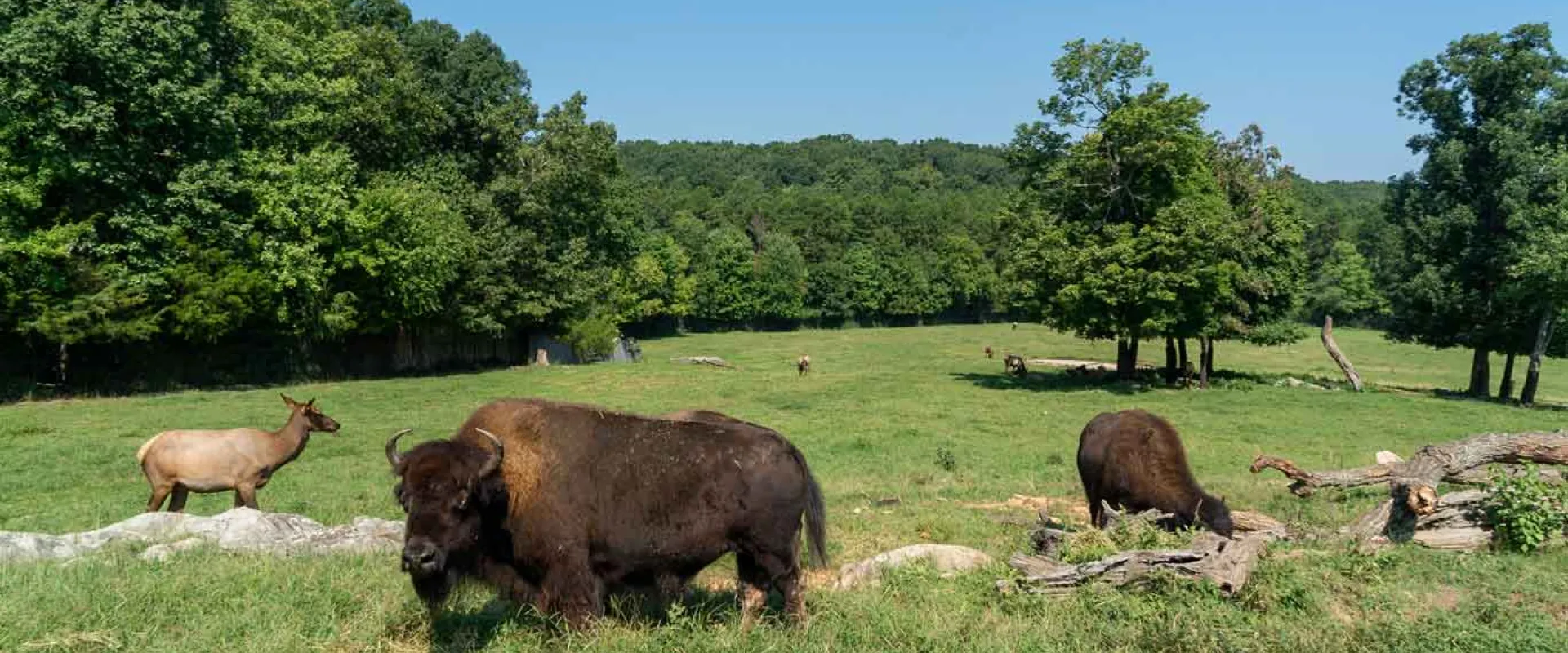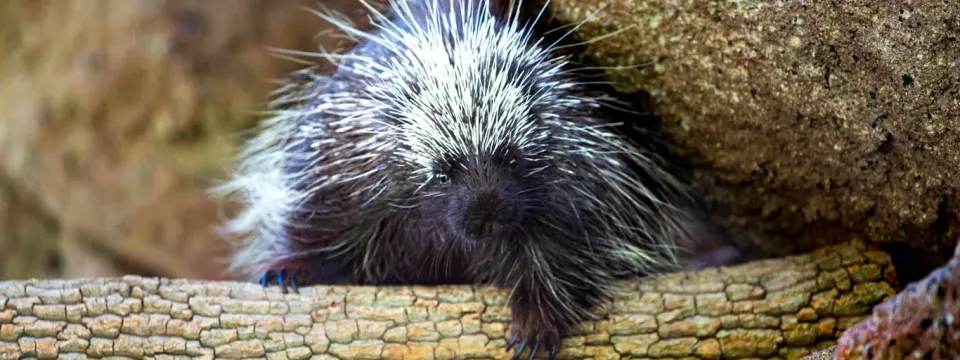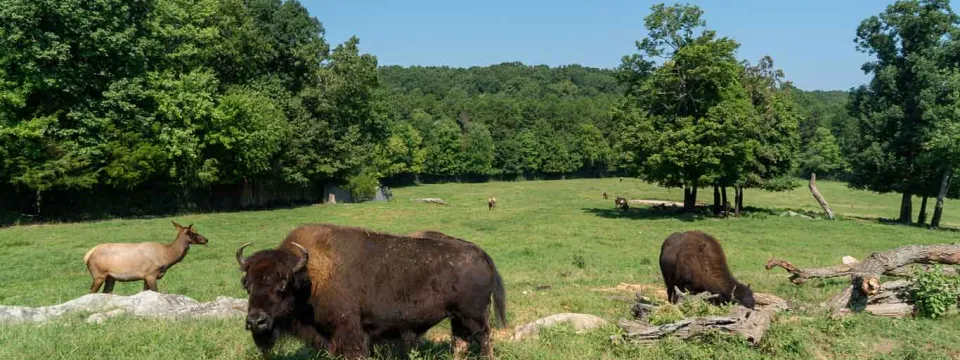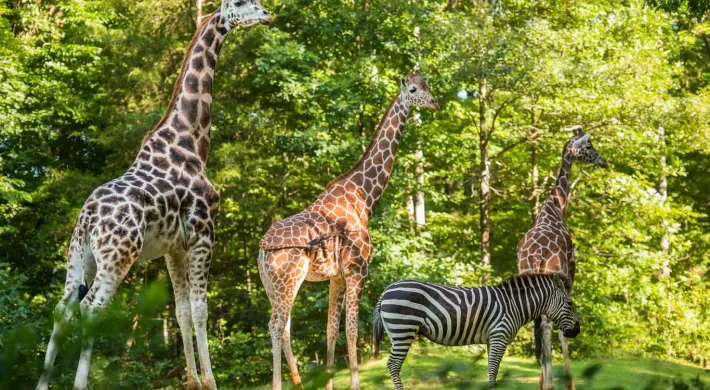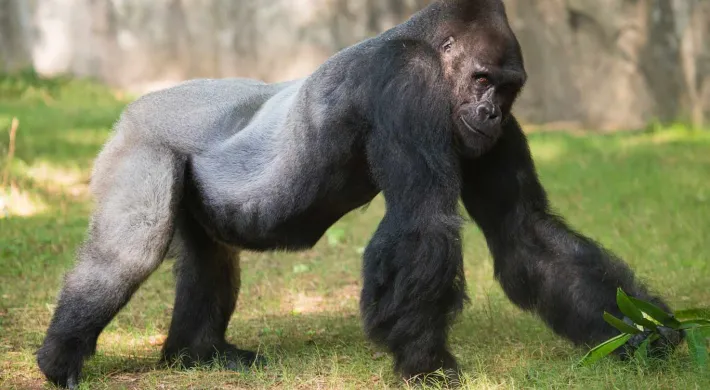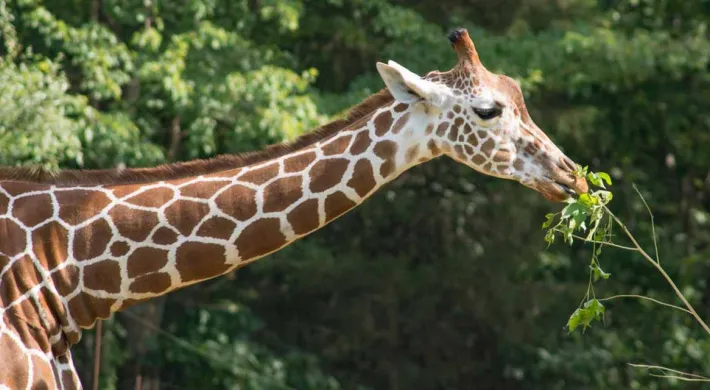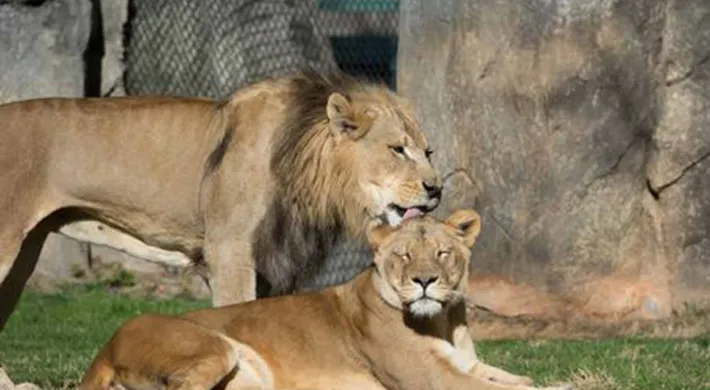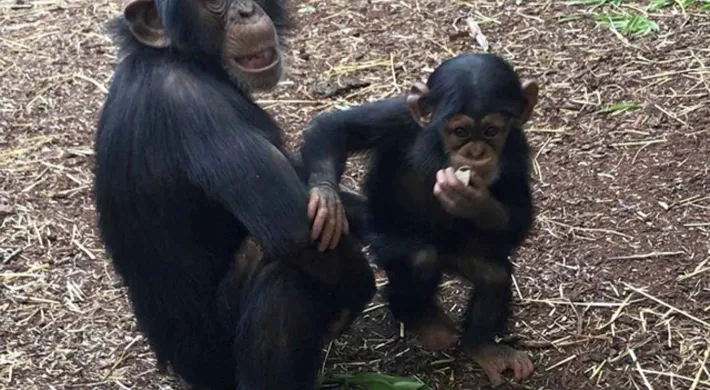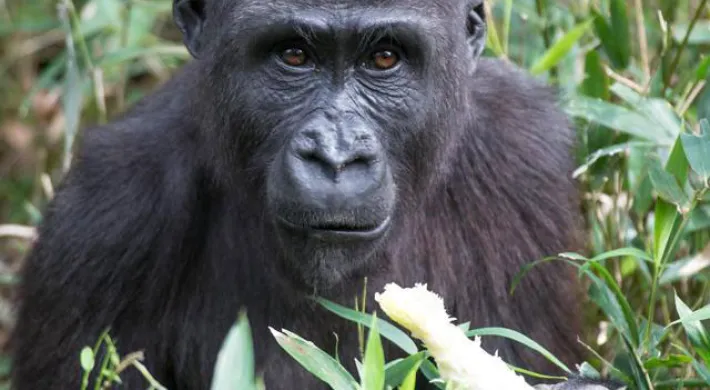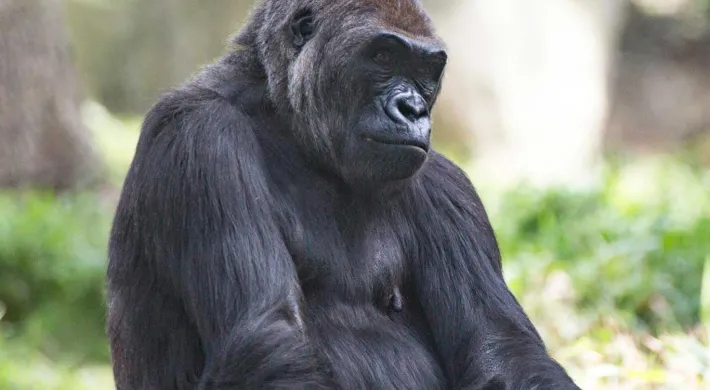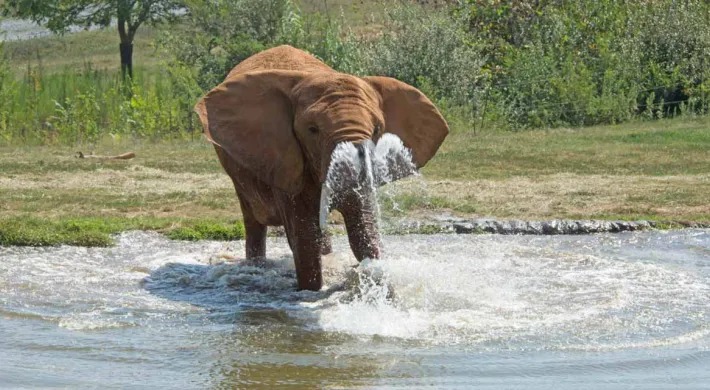Written by Alexis Alvey, Research Intern, North Carolina Zoo
My name is Alexis Alvey, and I am an Animal Behavior Research Intern here at the North Carolina Zoo. I graduated in the spring of 2022 from the University of Illinois at Urbana-Champaign with a B.S. in Integrative Biology and a minor in Animal Sciences. After graduation, I was looking for an opportunity to enhance my skillset as an animal researcher and explore various fields of animal science. This internship perfectly aligned with these goals, enabling me to gain expertise while learning about various research fields and methods. During my internship, I have worked on multiple projects around the Zoo. Still, all have focused on measuring our animals' behaviors to make sure that we understand their needs and can provide the best care possible. Let me tell you a little about what I've been working on!
The Zoo is growing, but with growth comes construction. Two of my projects have looked at the potential behavioral responses of our animals to recent construction, as the Zoo works to build guest and animal areas for the new Asia Continent. Despite the thrill of a new continent at the Zoo, the construction is noisy. It creates significant vibrations which may impact the animals. Because of this, we must monitor our animals and their reactions to the construction. We can see how the ongoing work affects our animals by observing their behaviors throughout the day when construction occurs and comparing them to a non-construction day. I have done this for two different areas at our Zoo: our North American porcupine habitat and the Prairie habitat, where elk and bison live.
Pictured Above: Figure 1: North American porcupines love to climb, so Rime is often found snoozing or exploring her logs.
Our North American Porcupine, Rime (Figure 1), is nocturnal, so her sleep schedule is slightly different from ours. She likes to sleep during the day and have fun at night, which means the loud construction happens during her bedtime! To help determine if the construction impacts her sleep and activity levels, my job is to watch Rime live, in person during the day, and through a camera at night. We hope to compare her active and inactive (sleeping) behaviors during and outside of construction. If we find a difference in Rime's behaviors, we can implement changes to her husbandry schedule or set up physical sound barriers to improve her welfare during the ongoing construction period. To date, we have not found any effect of the construction on her behavior, and Rime is doing well.
Pictured Above: Figure 2: Our elk and bison have 15 acres of natural habitat to roam freely!
We were interested in how the animals in the Prairie habitat used their space (Figure 2). This is because the Prairie habitat is near the construction and a service road that accommodates construction traffic, including dump trucks and vehicles like bulldozers. We hypothesized that if the elk and bison are disturbed by the construction, they would avoid areas of their habitat that are closest to the road. Using a touch screen tablet to create heat maps, we tracked the usage of space for all the animals three times a day, four days a week, a month before, and a month after the start of construction. Our heat maps suggest little change between the two time periods, again demonstrating the negligible effect of construction on our animals' behaviors.
Evaluating animal welfare impacts of construction is just one application of behavioral observation! My other projects include a multi-institutional giraffe study, habitat and enrichment impacts on snake welfare, and creating a digital behavioral library. All projects use animal behavior to improve our understanding of animals living under human care. Overall, I have greatly enjoyed my internship thus far and have learned quite a bit. The ability to share my passion for animal behavior and contribute to the welfare and conservation of species is rewarding, and I am excited to see where my research takes me in the spring!
